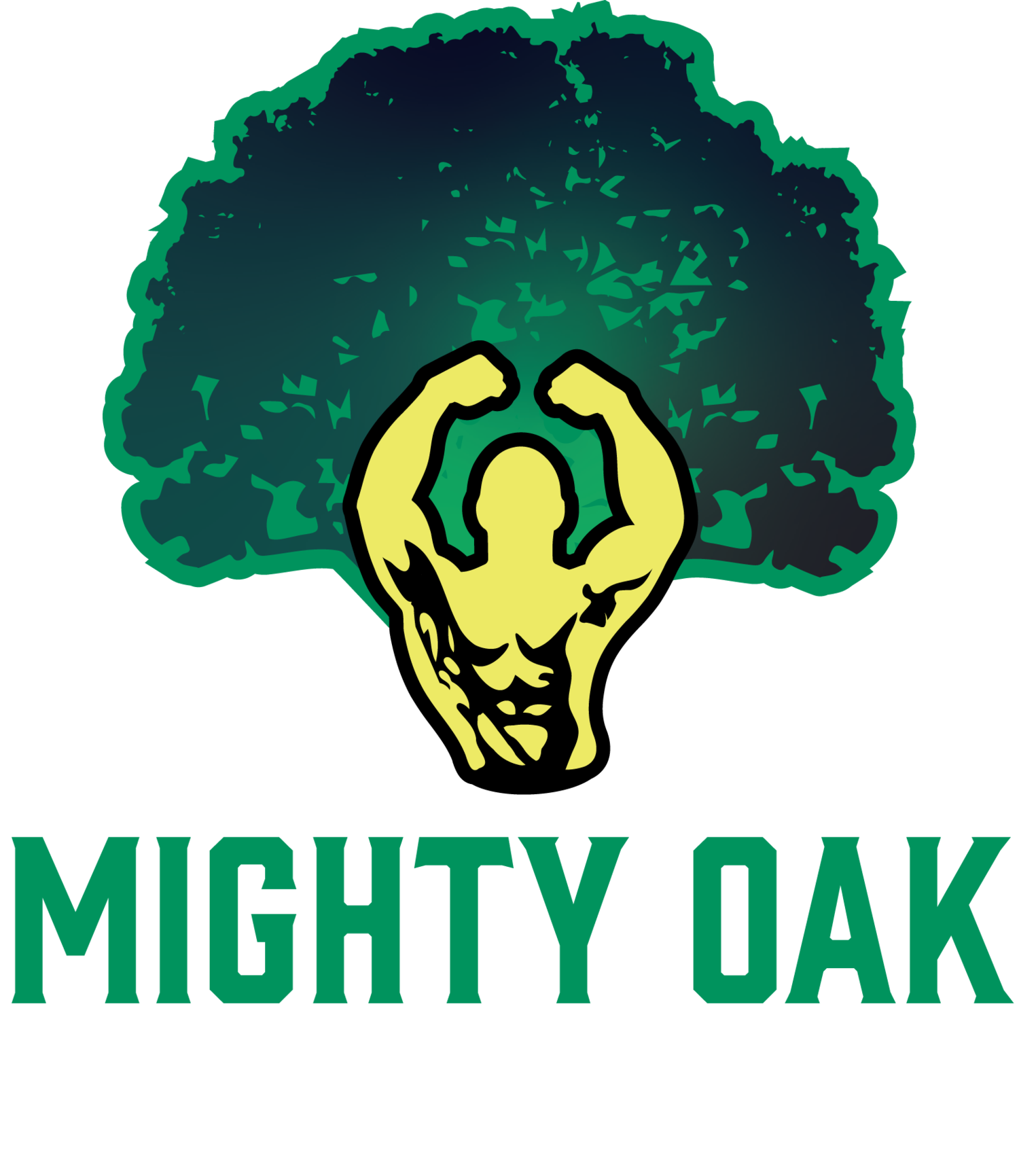Why Your High School Athlete Still Gets Injured — And How to Act Now
Your athlete works hard, plays year-round, and seems stronger than ever.
So why do the injuries keep happening?
The truth is, most youth injuries today don’t come from freak accidents.
They come from doing too much of the same thing, too soon, on a body that’s still growing.
With the right plan, those injuries aren’t inevitable.
They’re preventable — and that starts with understanding what’s happening inside the body.
What’s Really Happening During Growth
Between ages 12 and 18, the body changes faster than the brain can track.
Bones lengthen first, while muscles, tendons, and ligaments struggle to catch up.
This is when athletes lose coordination, flexibility, and control — the “awkward” stage every parent recognizes.
Add high-intensity sports or repetitive motions (like pitching, sprinting, or jumping), and the gap between growth and strength widens.
That’s where injuries sneak in.
Research shows that nearly half of all youth sports injuries are from overuse, not collisions.
The more an athlete specializes in one sport, the higher that risk climbs.
Top 5 Red Flags Your Athlete Is at Risk
Year-round single sport play.
No seasonal breaks means no time to recover or rebalance.
Sudden jumps in workload.
If weekly volume doubles or intensity spikes, injury risk skyrockets.
Recurrent pain that “comes and goes.”
Pain that lingers or returns each week is your early warning sign.
Technique breakdown when tired.
Poor form under fatigue is a red flag for overload.
Inadequate recovery.
Late nights, skipped meals, or constant stress make tissues weaker, not stronger.
What a Smart, Injury-Reducing Program Looks Like
A strong body doesn’t come from more hours — it comes from better balance.
At Mighty Oak Athletic, our training philosophy blends strength, mobility, and recovery into every week.
Here’s what that looks like:
Cross-training.
Encourage multiple sports early on. Variety builds coordination and durability.
Strength training.
Teach the fundamentals: hinge, squat, press, pull, carry.
Build stability before load. Load before intensity.
Planned deloads.
Every few weeks, back off the load to let tissue adapt and grow stronger.
Movement screening.
Regularly assess flexibility, balance, and control — especially after growth spurts.
Recovery habits.
Sleep, nutrition, and hydration count as “training sessions” too.
How We Do It at Mighty Oak Athletic
We start every athlete with a movement assessment, not a max lift.
We teach perfect form with bodyweight and light kettlebells before adding load.
We watch for growth-related changes — tight hips, sore knees, dropped shoulders — and adjust training on the spot.
We partner with parents to track sleep, soreness, and overall mood.
And we make sure every athlete has fun while building strength that lasts.
Our goal is simple: fewer injuries, more confidence, and longer athletic careers.
FAQs
Q: What age can my athlete specialize in one sport?
A: Most experts recommend waiting until at least age 15–16, after major growth plates close and coordination stabilizes.
Q: How many hours per week is safe?
A: A simple rule — kids shouldn’t train more hours per week than their age. A 14-year-old should stay near 14 hours total.
Q: Should my teen lift weights during a growth spurt?
A: Yes, if supervised and well-coached. Proper lifting strengthens bones and joints, helping prevent growth-related pain.
Q: What’s the biggest injury mistake?
A: Ignoring fatigue and pain. Playing through it turns small issues into big ones.
Quick Takeaways
Growth and specialization are a tricky mix.
But with smart programming and supervision, you can dramatically reduce injury risk.
Train for balance, not burnout.
Teach quality before quantity.
Build the foundation now — so your athlete can play strong for decades.
